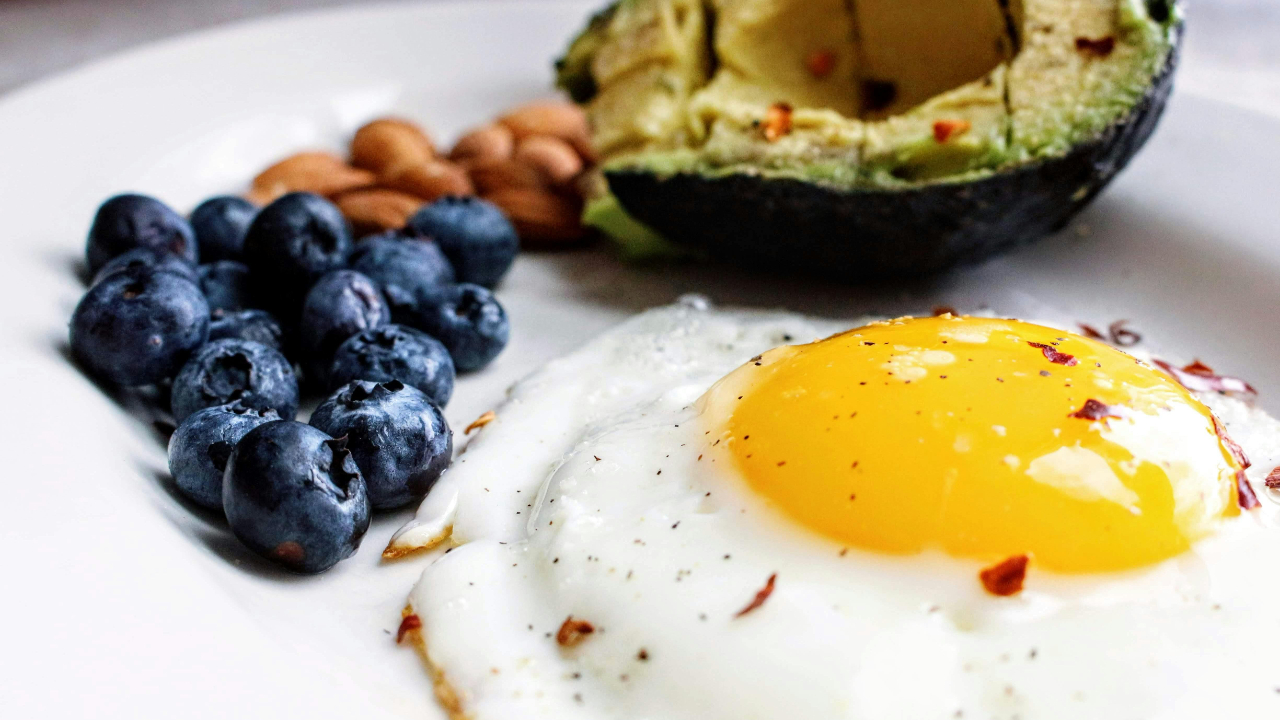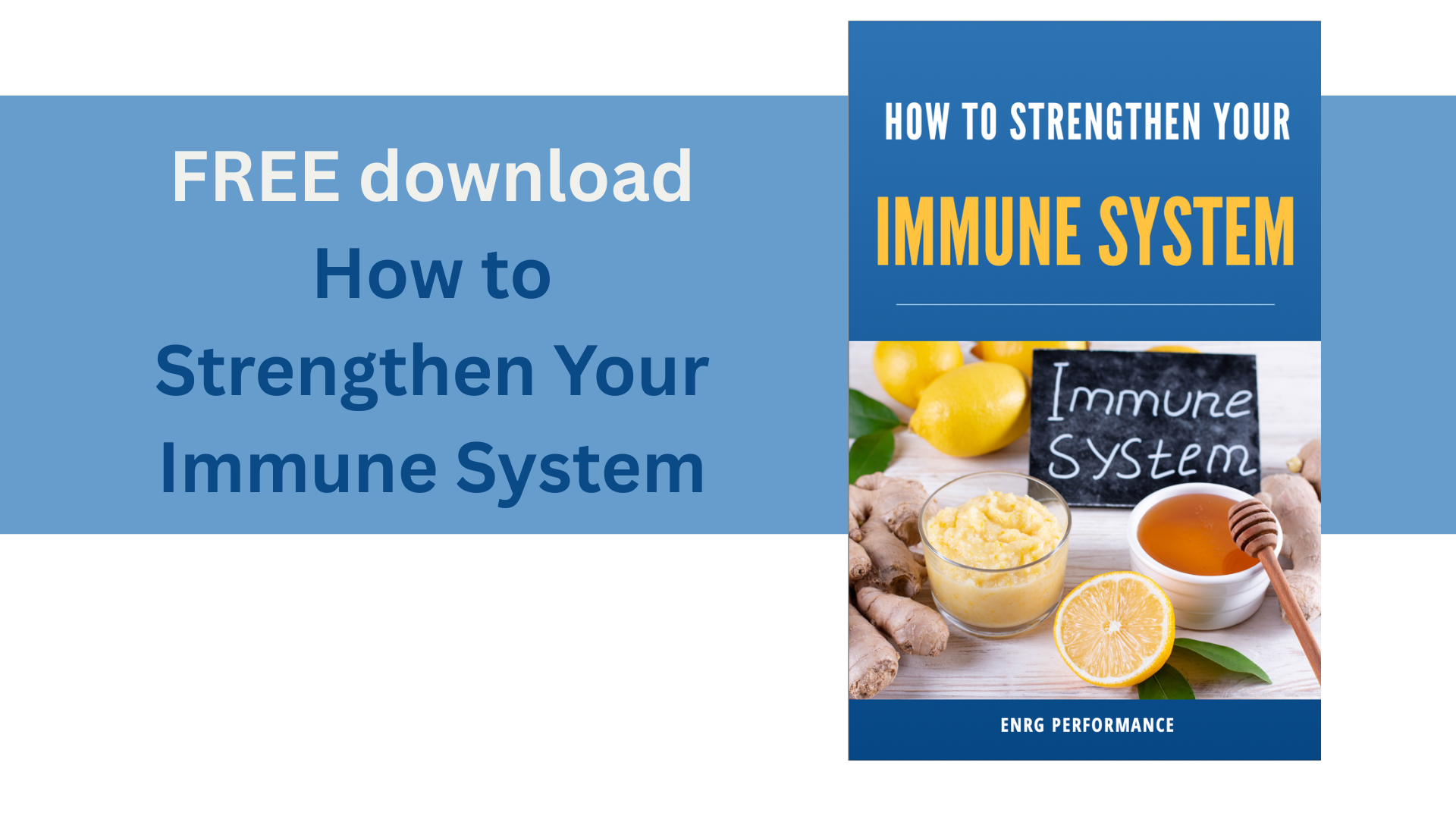GI Distress and Endurance Athletes
Aug 04, 2023
If you are an endurance athlete and have or do not experience some type of gastrointestinal (GI) distress during training or competition, congratulations! You are definitely one of the lucky ones! However, if you are one of the 30-90% of endurance athletes that does live with some type of nausea, vomiting, bloating, heartburn, flatulence or diarrhea surrounding exercise, I get it! You see, I am in the 30-90% and GI distress is actually the main reason I created the Metabolic Efficiency Training concept almost 20 years ago! I won’t bore you with the history, even though it is a cool story, but will say that through my research and real-life implementation strategies, I have been able to completely eliminate GI distress in not only myself but in just about all athletes I have had the pleasure of working with over the years. So, let’s learn a bit more about this GI distress “monster”.
GI distress can happen to anyone at anytime for any reason. It’s actually quite frustrating to say the least! While each athlete and digestive system is different, a few factors that can contribute to GI distress in endurance athletes include the following:
(this is not an exhaustive list)
1. Mechanical Stress: running and cycling involve repetitive jarring and bouncing motions that can lead to GI symptoms. The constant impact can cause gastrointestinal irritation and disrupt the normal functioning of the digestive system.
2. Decreased Blood Flow: during higher intensity exercise, blood flow is redirected away from the digestive system to the working muscles. Reduced blood flow can impair digestion and nutrient absorption, leading to GI symptoms.
3. Nutritional Factors: consuming certain foods and beverages, especially those high in fat, fiber, or protein, can trigger GI distress. Additionally, inadequate hydration and electrolyte imbalances can contribute to GI symptoms.
4. Environmental Factors: Extreme heat, humidity, or altitude can exacerbate GI distress. These environmental conditions may affect digestion, fluid balance, and nutrient absorption, increasing the risk of GI symptoms.
While there is no magic bullet to rid your body of the GI distress “monster”, here are a few tips that you can try:
-
Experiment with different types and timing of food and fluid intake during training to identify what works best for you. Gradually introduce new foods and beverages to allow the digestive system to adapt.
-
Avoid consuming high-fiber, high-fat and spicy foods in the 48-72 hours leading up to a competition or important training session. Focus on easily digestible, low-fiber meals.
-
Gradually increase training volume and intensity to allow your body to adapt to the physical demands. This includes practicing nutrition and hydration strategies during training sessions to minimize GI distress on race day. Just because it may be a shorter training session doesn’t mean you shouldn’t practice your nutrition and hydration strategies. Take every opportunity possible!
-
Consider incorporating probiotic-rich foods or supplements into your daily nutrition plan. Probiotics can promote a healthy gut microbiota, which may help improve digestion and reduce GI symptoms.
Of course, this may seem obvious but if you need a little extra help, reach out to us at eNRG Performance. Any of the Sport Dietitians can help improve your gut health and reduce or eliminate any GI distress that you may be having.
SUBSCRIBE AND WE WILL DROP SOME HEALTHY INSPIRATION IN YOUR INBOX
We hate SPAM. We will never sell your information, for any reason.







